1911 – 1916
In the year 1900, Cunard commissioned the first of the two sister ships Saxonia and Ivernia. They were intended to run out of Liverpool to the Americas, and at over 14,000 tons they were the largest ships in Cunard service. The ships were not fast, but still managed to gain a good reputation on the North Atlantic. The slightly smaller Carpathia made the duo into a trio when she entered service in 1903.
However, Cunard was not satisfied with only operating the Saxonia, Ivernia and Carpathia as their largest ships. By 1905, plans of building two vessels that would beat all competition advanced. The project of building the Lusitania and Mauretania was finally made reality when both ships were commissioned in 1907. With this, Cunard had succeeded in the plans of having the largest and fastest liners on the North Atlantic – and anywhere else for that matter.
When the 1910s approached, the Saxonia-class was showing slight signs of age, and Cunard wanted to replace the two larger ships with a new pair for the Atlantic run. Added to this, two new ships of distinction needed to fill the gap of the Lusitania and Mauretania, should these be refitted or something of the kind. The decision to build two new ships called Franconia and Laconia was made in late 1909.
Lady Forwood, wife of one of the Cunard directors, launched the Franconia on July 23, 1910 at the Swan, Hunter & Wigham Richardson shipyard in Newcastle, England. The new ship would have steam quadruple expansion engines geared to two propellers, which drove the ship to a service speed of 17 knots. When completed, the liners would replace the Saxonia and Ivernia on the Liverpool to Boston service and cover for the Lusitania and Mauretania on the New York run if the larger ships were temporarily out of service.
The Franconia set out on her maiden voyage between Liverpool, Queenstown and New York on February 25, 1911. After having established herself on the seas, she went out on a Mediterranean cruise between March 10 and April 9. Her ports of call were Gibraltar, Algiers, Naples, Alexandria and Liverpool. This was the first in a long row of cruises for the Franconia, as she made one such voyage every year from then on.
The exterior look of the Franconia was classic. The two well-proportioned funnels blended well in with the sleek, black hull. Obviously, Cunard had adopted some of the beauty from the Caronia and Carmania, who still went under the nickname ‘The Pretty Sisters’.
The interiors were indeed some of the best on the North Atlantic. The three hundred first class passengers could certainly enjoy every inch of their accommodations. The most spectacular feature on board the Franconia was her gymnasium. This ‘health centre’ was the first of its kind on the seas. The White Star liner Olympic could also boast to have a gymnasium, but she entered service a few months after the Franconia.
After a few years in Atlantic service, with spectacular rivals or running mates such as Olympic, Imperator and Mauretania, the Franconia was taken out of service. The reason was that the First World War had erupted and some of the most prestigious liners were called in by the British Government for troop ship service. In early 1915, the Dardanelles campaign in the Mediterranean was in need of a fresh troop ship to help carry wounded soldiers from Gallipoli to Alexandria. Being familiar with the area, the Franconia was the perfect choice. Her trooping capacity was set to 2,700 people.
The Franconia continued in the Mediterranean for nearly two years, carrying out trooping duties for the British Government. On October 4, 1916, she was on route for Salonika, under the command of Captain D.S. Miller, when a violent blast was heard. It was the German U-boat UB47 who had sent one of her torpedoes into the British ship. Within short, the crew of the Franconia realised what had happened and that the ship was sinking fast. Fortunately, the Franconia was not carrying troops at the time, so evacuation could be gone through at a rapid pace. Of the 314 on board, only 12 were lost.
The poor Franconia only saw somewhat more than five years of service. Like so many other great liners – for example Lusitania and Titanic – her life had ended abruptly. Until this day, the Franconia rests 195 miles east of Malta, the spot where she was once sunk.
Specifications
- 625 feet (190.9 m) long
- 71 feet (21.7 m) wide
- 18,150 gross tons
- Quadruple-expansion engines powering two propellers
- 17 knot service speed
- Passenger capacity of 2,850 people

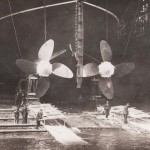
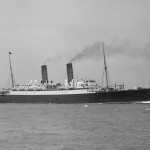
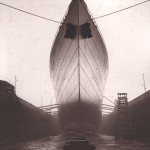
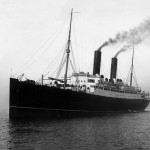
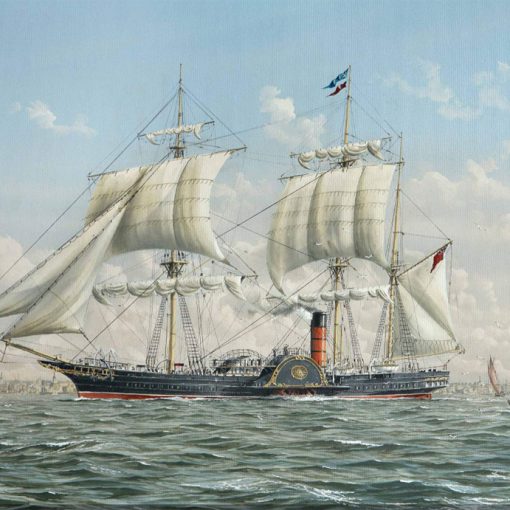
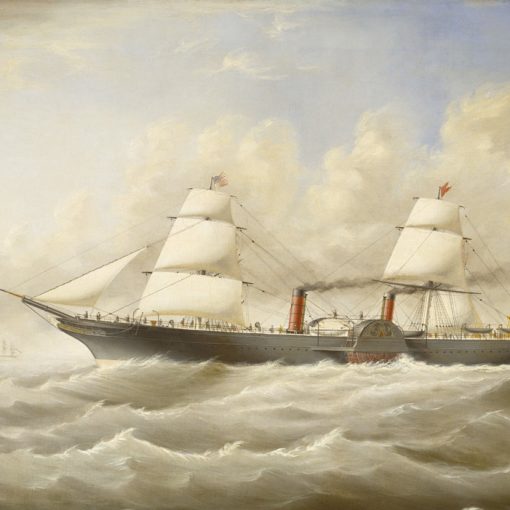
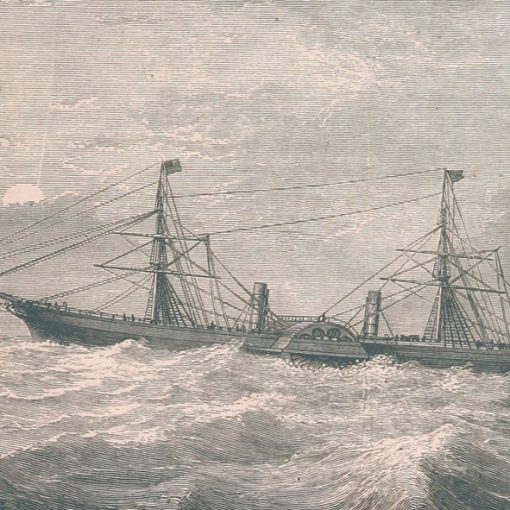
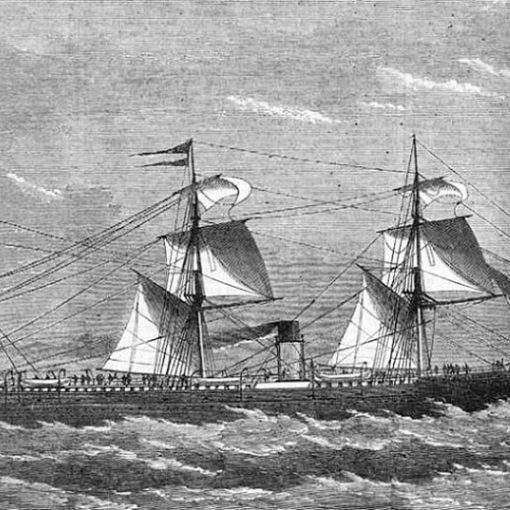
2 thoughts on “Franconia (I)”
MY EMMIGRANT DAD SAILED ON THE IMPERATOR-ARRIVING IN THE PORT OF NEW YORK AUG. 6 1913.
I WONDER WHAT FOOD WAS SERVED TO PEOPLE LIKE HIM AND I UNDERSTAND HE WAS VERY SEASICK ON THE VOYAGE. I’M GUESSING THAT HE WAS EITHER IN 3RD CLASS OR STEERASGE. IF YOU COULD TELL ME, I’D APPRECIATE IT VERY MUCH. JUDITH J. TABAK–MY DAD WAS JAKOV TABAK. THIS IS MY FIRST POST–NOT A DUPLICATE.
Have come into possession of a photo post card of the RMS Franconia, mailed by one of her passengers to an address in New York City. Based on the short note on the card it was mailed on March 24 1911 while the ship was in transit from Algiers to Nice. Post card is in outstanding condition considering it is 108 years old.